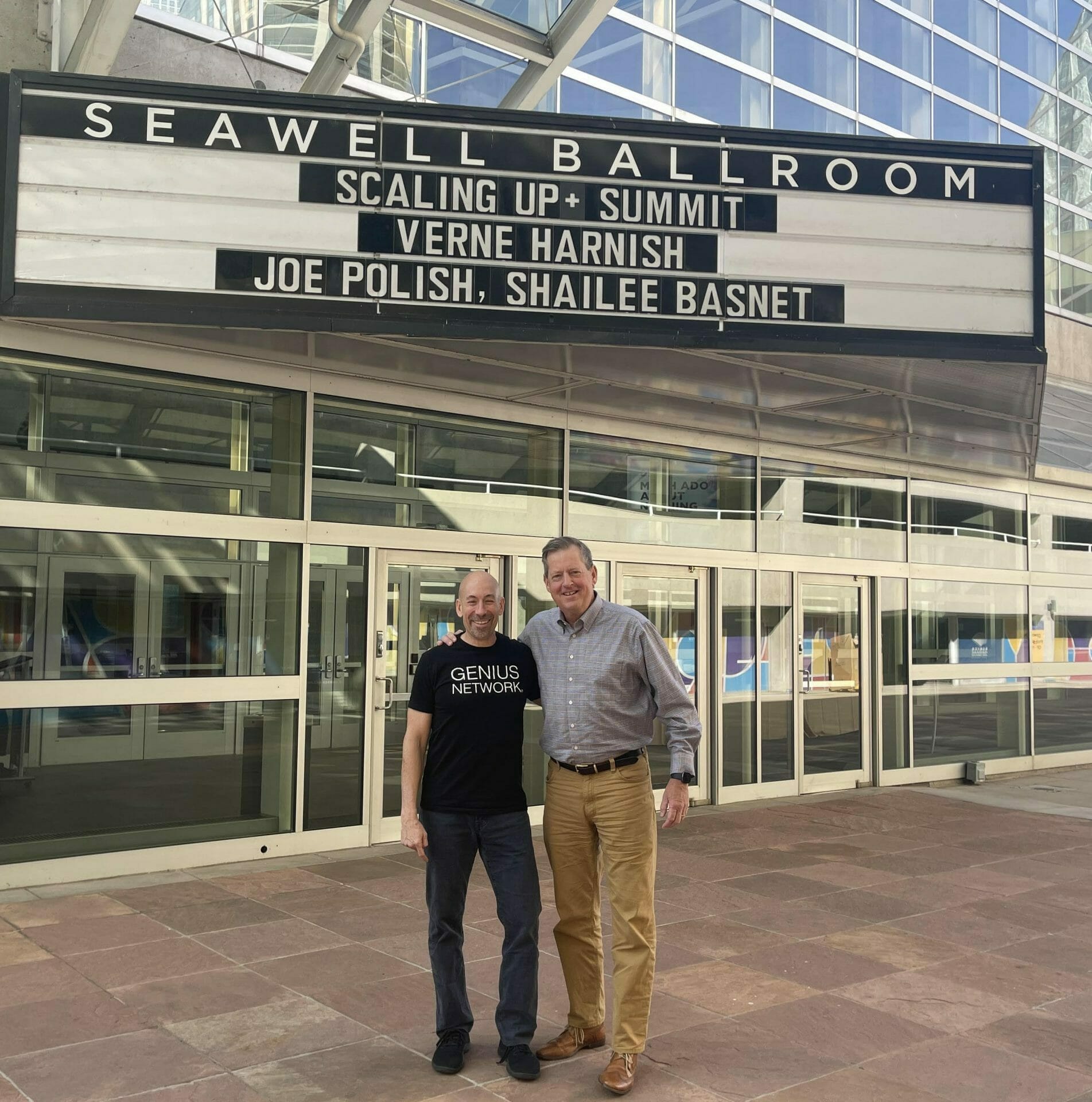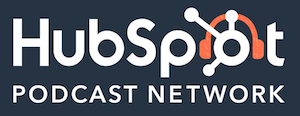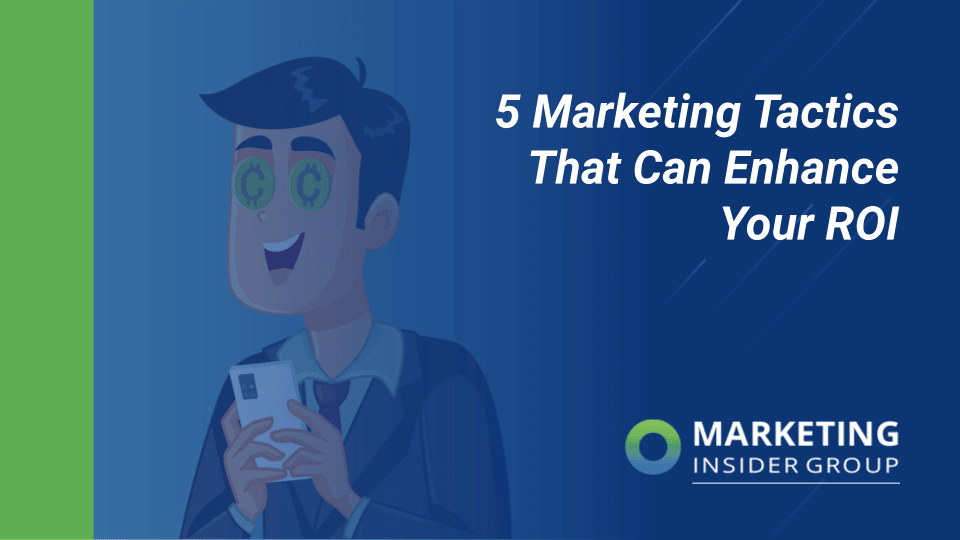
If your sales aren’t where you want them to be, you probably haven’t perfected content marketing for sales enablement yet.
I don’t doubt that you have an amazing marketing department that’s constantly creating interesting, value-packed content that moves leads down the sales funnel. But it’s possible that you’re underestimating the impact your content can have when it’s closely integrated with your sales team’s actions – and that has to change.
Why? Because when you create content that aligns with your buyer personas, you can reach prospects with high-potential, increase conversions, and secure high-value deals. Not only that, but the key insights you’ll learn from engagement data will turn your content into an even more powerful sales tool.
Despite the importance of optimized content marketing for sales enablement, 78% of buyers believe that sales teams do not share relevant content. That’s why we’re taking a close look at what content for sales enablement really is, and examples that show how both marketing and sales teams can use it to more effectively drive sales.
Quick Takeaways
- 75% of marketers said sales enablement content makes a moderate to significant contribution to the sales process
- Specific types of interactive content like assessments, ROI calculators, and product pickers captures critical information needed for sales enablement
- Nowadays, 71% of customers expect personalized content, and 76% of customers are frustrated when their content isn’t personalized
- You can build a strong content marketing strategy for sales enablement and maximize your sales in 6 easy steps
The general consensus is that content marketing for sales enablement is the key to success. Taking a strategic approach to your company’s content creation will align sales, marketing and operations teams to maximize revenue.
What Is Content Marketing for Sales Enablement?
First things first: Let’s get on the same page about content marketing for sales enablement. Different companies define it in different ways, but for the most part, it’s just what it sounds like – a content marketing strategy that enables sales.
Expert marketers define the most effective types of sales enablement content as:
- High quality blog posts. Let your audience know how your products and services stand out from the competition by consistently sharing valuable information via blog posts. They’re also easy for your sales team to share and a great buying decision support tool.
- Case studies and customer testimonials. Share success stories about customers who have used your products and services. By doing so, you’ll build trust with your high-potential prospects and clients, proving to them that you’re committed to delivering great results.
- Video demos. Video is today’s most engaging form of content, and can give new life to content you’ve already shared in case studies and blog posts. It also supports each step of the buyer’s journey, anywhere from explainer videos to product tutorials.
- Interactive content. When you share interactive content, you create a personalized experience for users. Nowadays, as much as 76% of customers are frustrated when their content isn’t personalized.
- Ebooks and Whitepapers. Today’s customer does extensive research before making a purchase. Make it easy on your high-potential prospects by sharing content that offers a clear understanding of your company’s value, like Ebooks and Whitepapers.
And what’s more: three-fourths see it as valuable, essential material. 75% of marketers said sales enablement content makes a moderate to significant contribution to the sales process.
That’s because you address your customers’ needs through sales enablement, your content has a much higher impact. So it makes sense that both the marketing and sales team should have an open dialogue around this content.
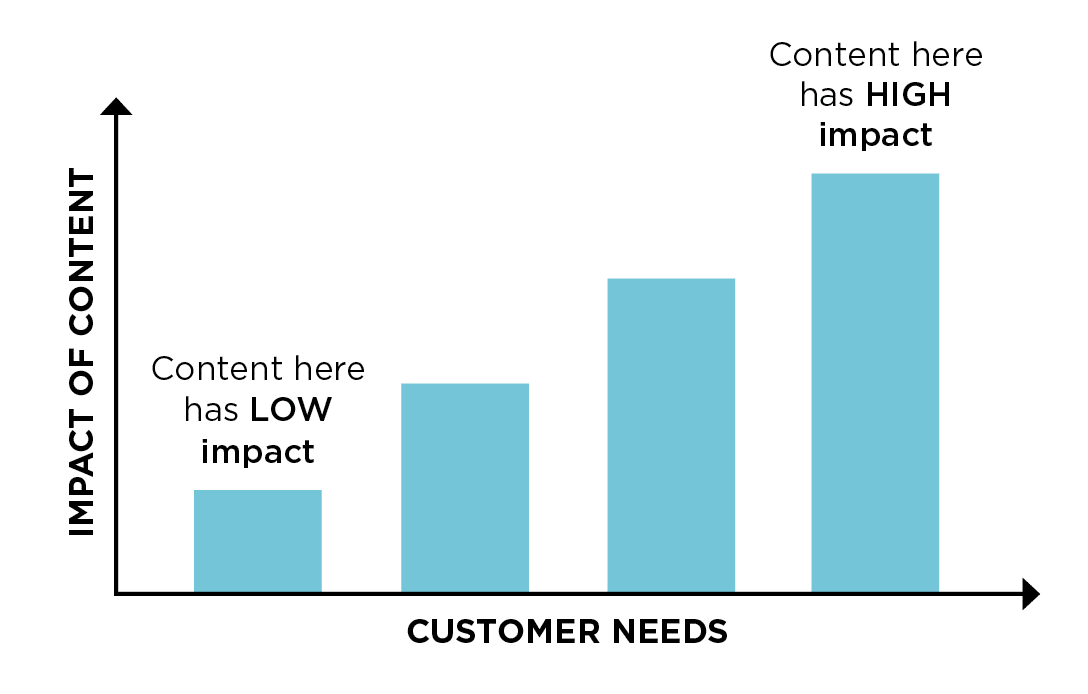
Image Source: Integrity Solutions
To maximize content marketing for sales enablement, your content needs to be doing the work for you. While case studies and testimonials are helpful for bottom-of-the-funnel leads, interactive content asks questions and receives opinions that really take your MQLs (marketing qualified leads) to the next level, and drastically scale your sales efforts in the process.
Let’s explore what this type of sales enablement content looks like in action.
Interactive Sales Enablement Content
Maybe you’re wondering, “How does a simple customer assessment enable sales?”
First of all, an assessment is a piece of content that feels individualized to a specific issue for the user – it helps tease out a pain point that preps them for a simple, easy solution. It’s also a great tool for the sales department because it moves buyers a little bit further down the funnel as they work through the assessment.
The more the leads think about the specific obstacles they are facing, the more they become aware of how much they need something to address it.
But wait, it gets better: Often, sales has a series of questions they ask every prospect to grade how good the prospect is. Having specific content like assessments, ROI calculators, and product pickers captures critical information as part of your content-enabled campaigns, pre-sales.
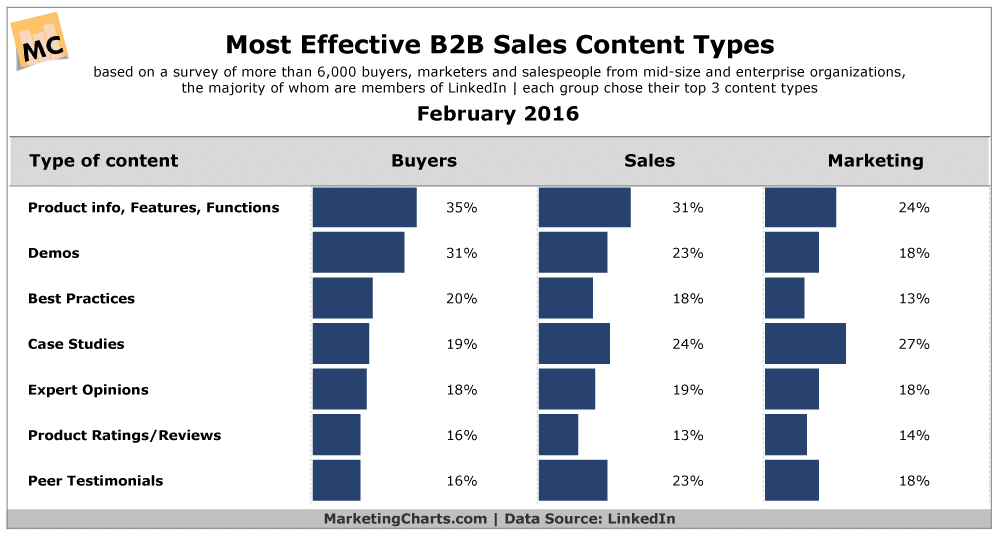
Image Source: Marketing Charts
With this data, that initial effort from sales is minimized or skipped completely, allowing the team to focus their effort on “super MQLS,” spending more time closing deals, and less sorting through unqualified leads.
Sales works with higher qualified leads, and marketing improves its scoring efforts and creates customized nurture streams to further leads through the funnel – all leading to greater efficiency, and increased revenue.
Lastly, well designed sales-enablement content provides a richer experience for prospects. Positioning assessments, polls, or quizzes that allow leads to learn something about themselves or their organization is a much less “salesy” experience. Without someone making a clear pitch, customers can work through the discovery process in a low-intensity, low-commitment context.
Now that we understand how interactive sales enablement content works, let’s look at some examples and learn why it’s so effective.
Pentaho Product Picker
Pentaho, a big data integration and analytics solution, uses a product picker assessment that asks lower-funnel prospects specific questions about their current data process and problem points.
This assessment bucketed users into four product groups/sales-use cases. The lead data went directly to their Marketo and Salesforce databases that allowed sales to follow up with powerful insights to the organization’s needs.
325 of the leads created through the content were qualified to Sales Accepted Leads with the data received. Over $200k in pipeline was directly attributed to the interactive assessment.
Blackbaud’s Realize Real Results
Blackbaud, a marketing platform for nonprofits, has also seen content marketing for sales enablement produce amazing results.
They launched a microsite called Realize Real Results, which included different types of content (including interactive calculators and assessments.) The microsite was promoted across various marketing channels over the course of one month.
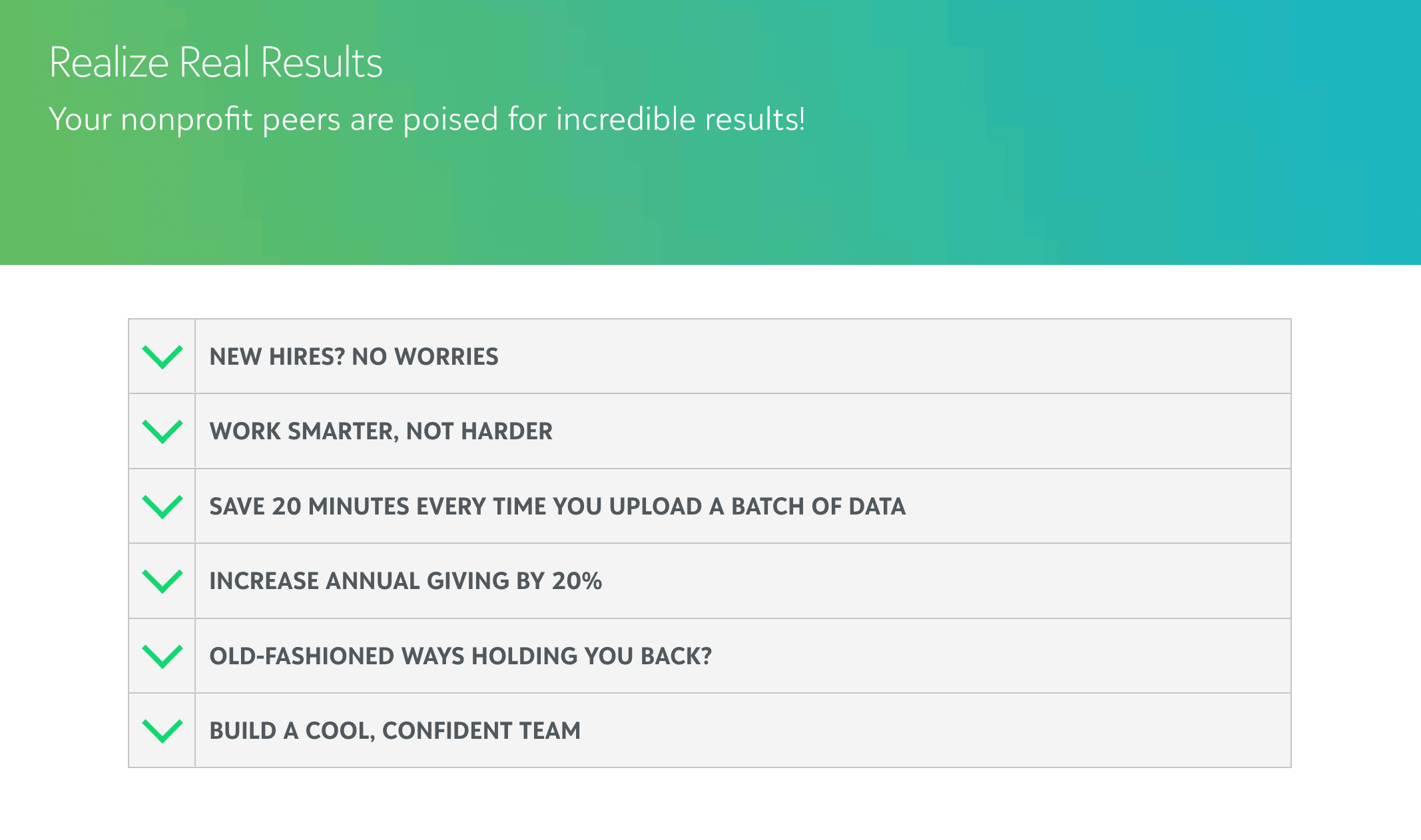
Image Source: Blackbaud
Sales reps were able to use the data from the calculators as talking points during discovery calls, creating a more informed conversation. For leads that have not used the calculator, they were invited to put in their own metrics right on the call and see the results in real-time.
Content marketing for sales enablement results:
- 52% click rate on landing page
- 56% lead conversion
- 500 qualified leads
- 133% Q1 quota attainment
- $600k add’l Q1 sales
Pretty impressive, right? The content for sales enablement deployed here produced real, tangible ROI – and allowed both the marketing and sales teams to work together to outpace their goals.
Develop a Content Marketing for Sales Enablement Strategy
With a strong content marketing strategy for sales enablement, your marketing and sales teams can work together to effectively maximize sales. Here’s how you can make it happen in just 6 easy steps.
1. Give Existing Content A Refresh
Start by taking a look at the content your sales team is currenting using. Figure out which content is working for them and how it fits into the buyer journey. You’ll also need to weed out any content that isn’t working and understand why. This way, you can start creating new content and updating old content that fills the gaps.
2. Make The Most of Internal Documentation and Knowledge
Now that you know what’s working and what’s not, it’s time to start cranking out new content. Fill the gaps with information from your internal knowledge base and team of product experts. Any internal documentation and knowledge can make a huge difference in getting your team sales enablement content that generates conversions.
3. Consider Your Marketers and Sales Reps
Your marketing and sales teams are both going to need sales enablement content to help seal the deal – but they’re going to use it in different ways.

Image Source: Content Camel
Marketing wants to get the attention of prospects, whereas sales teams are going to convert them. Keep this in mind as you update and create your content arsenal.
4. Consider the Customer Journey
Remember the greater purpose of content marketing for sales enablement: to convert high-potential prospects. That means your content should help your sales team build meaningful relationships with potential clients, ultimately raising their chances of closing a deal.
5. Assign Content to Your Sales Funnel
Your salespeople are your best resource when it comes to understanding what high-potential prospects need throughout their buying journey. Talk to your sales team to understand what types of content your audience likes best. Then, package that content in creative ways so it guides prospects through your sales funnel and appeals to a wide audience.
A business’s sales funnel is the bread and butter of generating revenue. If you need a refresher, the video below does a great job of explaining the basics of the sales funnel.
Video Source: Keap
6. Measure Your Success
The most important step in any strategy is measuring success. How effective were your efforts? What worked well? What didn’t? Understanding the ins and outs of your results will provide you with valuable insight about specific pieces of content. Then, you can really hone in on perfecting your sales enablement content.
Optimize Your Content Marketing For Sales Enablement Today
As you can see, content marketing for sales enablement requires that the marketing and sales teams overlap and work together. It’s no longer enough to just create great content and put it out in the world – it needs to relate back to a larger sales strategy and produce valuable customer data that both teams can put to good use.
Ask yourself: Are your marketing and sales team effectively collaborating in the content department? If not, it may be time to re-evaluate your approach.
At Marketing Insider Group, we have the tools and expertise to help you optimize your content marketing for sales enablement. Maximize your ROI today by checking out our weekly blog content service, or schedule a free consultation now!
The post Content Marketing For Sales Enablement appeared first on Marketing Insider Group.
Did you miss our previous article…
https://www.sydneysocialmediaservices.com/?p=5259

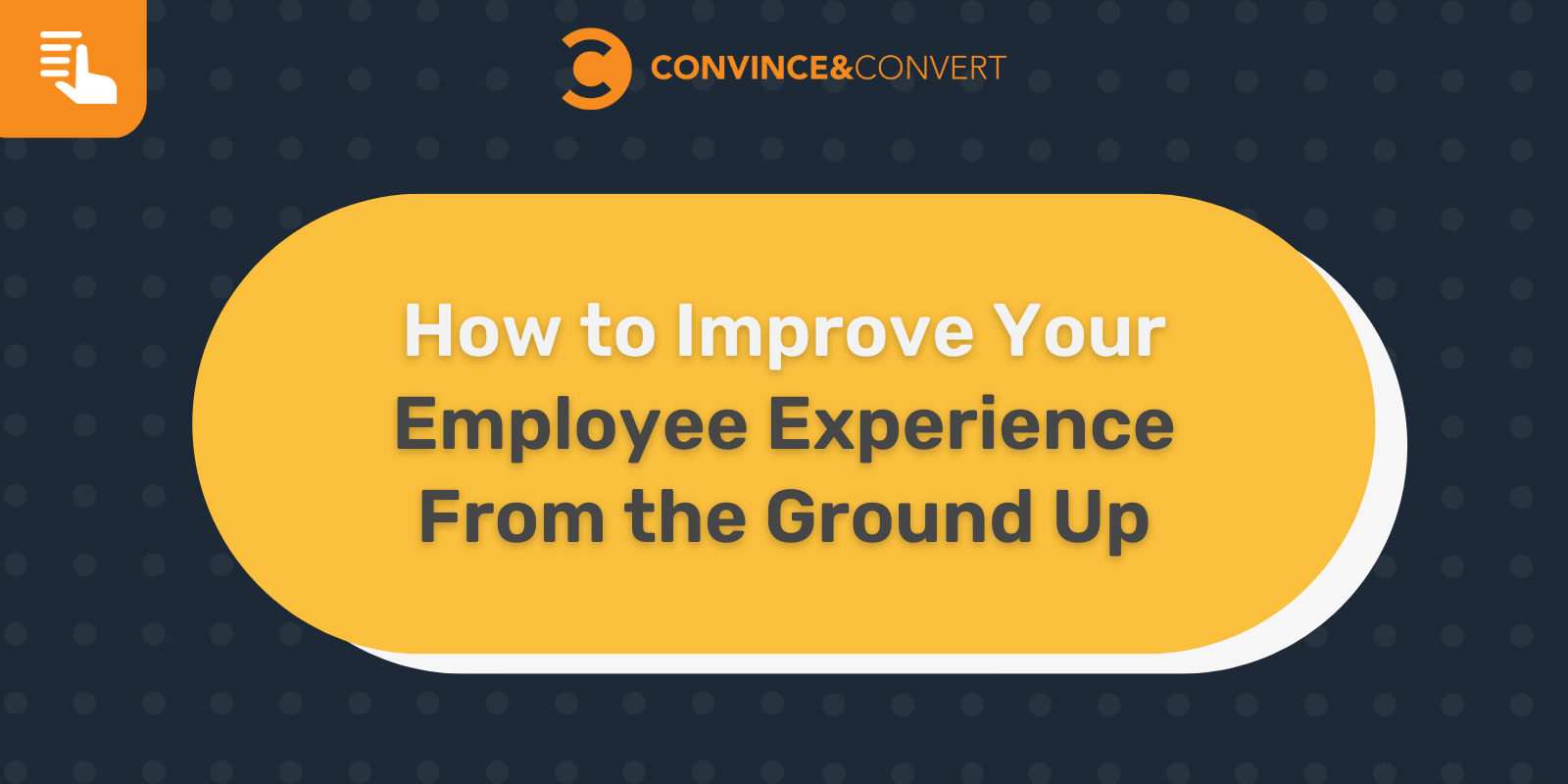
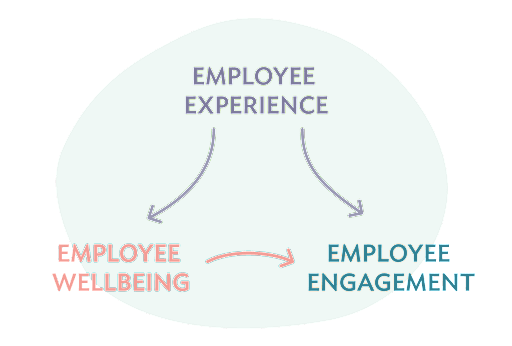
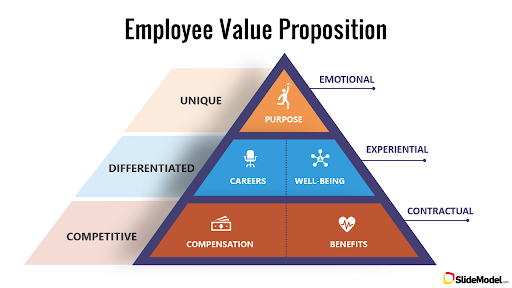
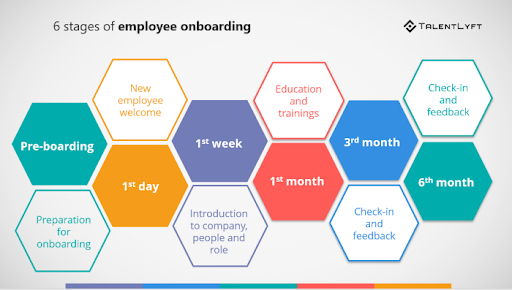

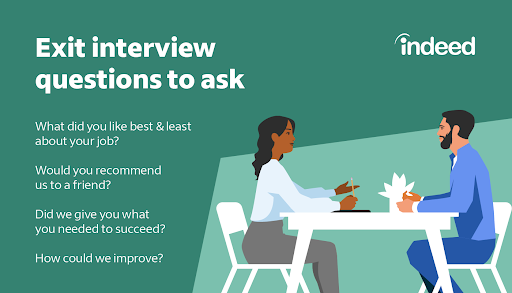
 In this episode of the Duct Tape Marketing Podcast, I interview Jeffrey Shaw. Jeffrey
In this episode of the Duct Tape Marketing Podcast, I interview Jeffrey Shaw. Jeffrey 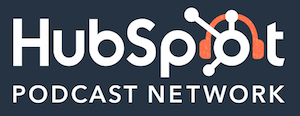
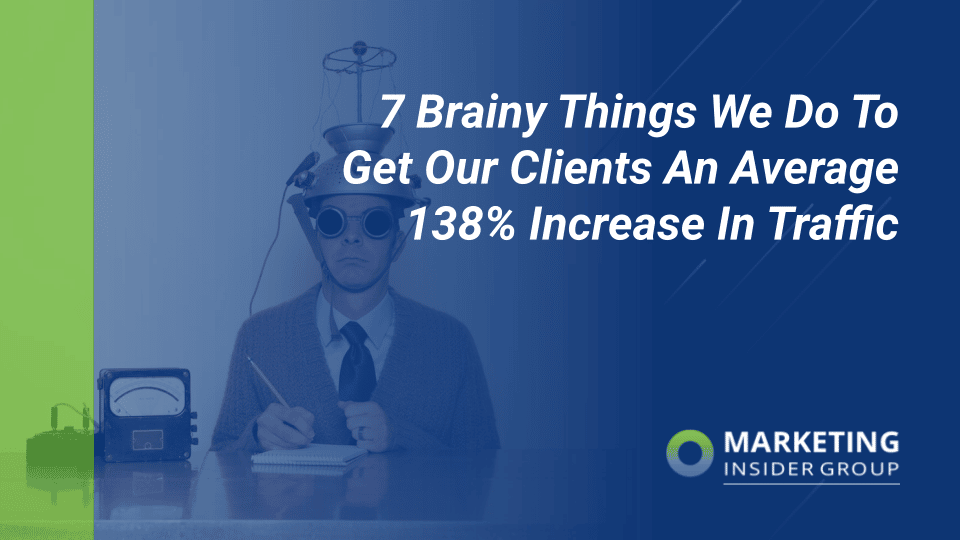
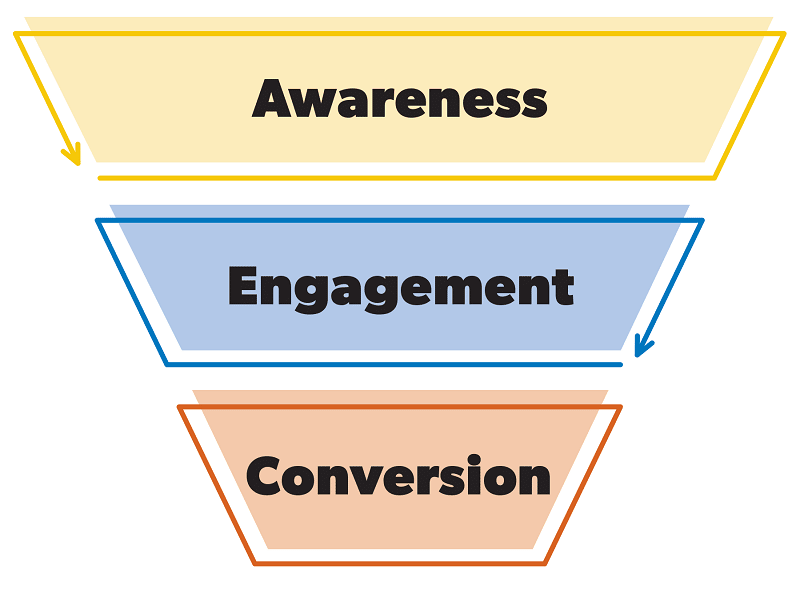
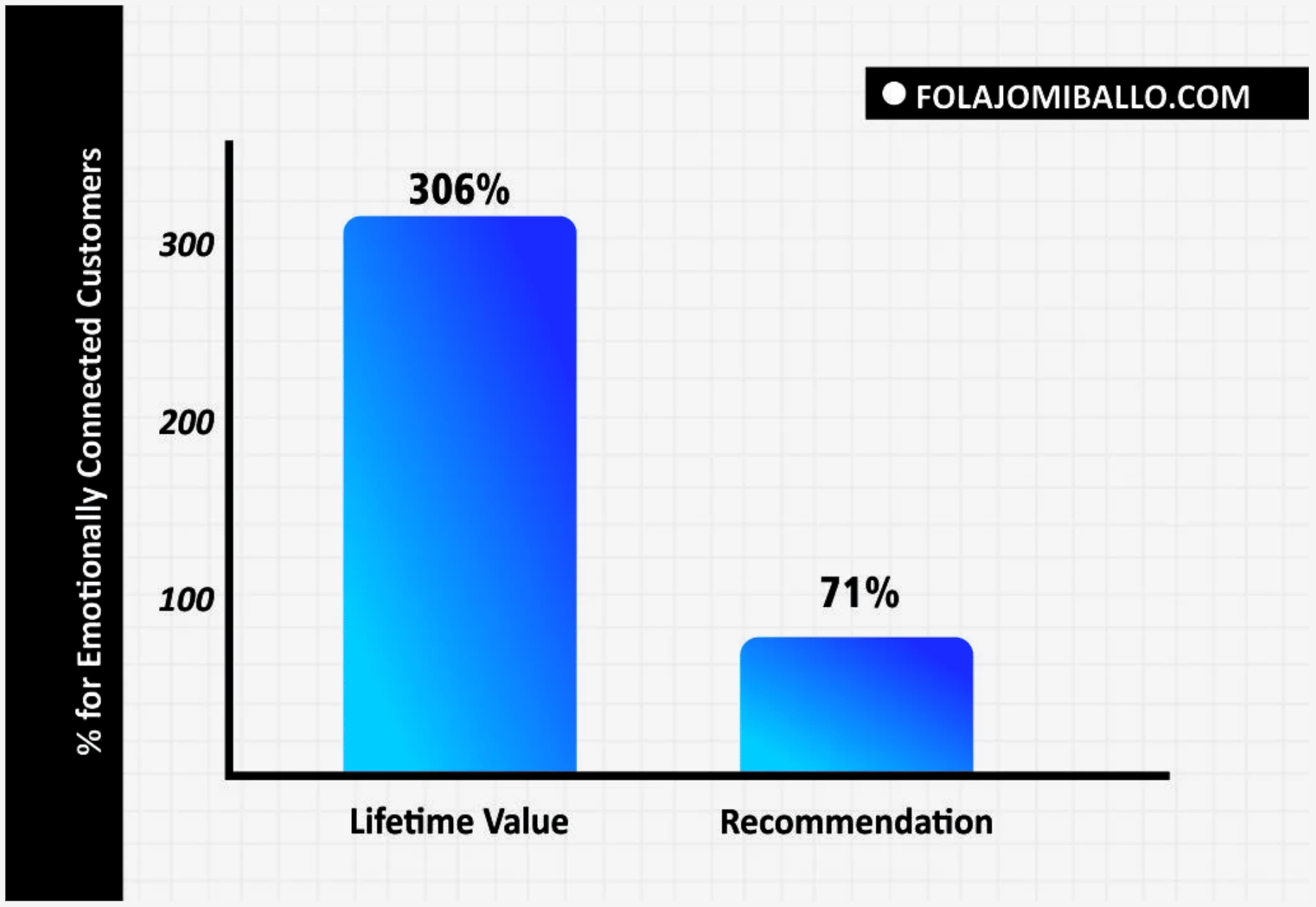

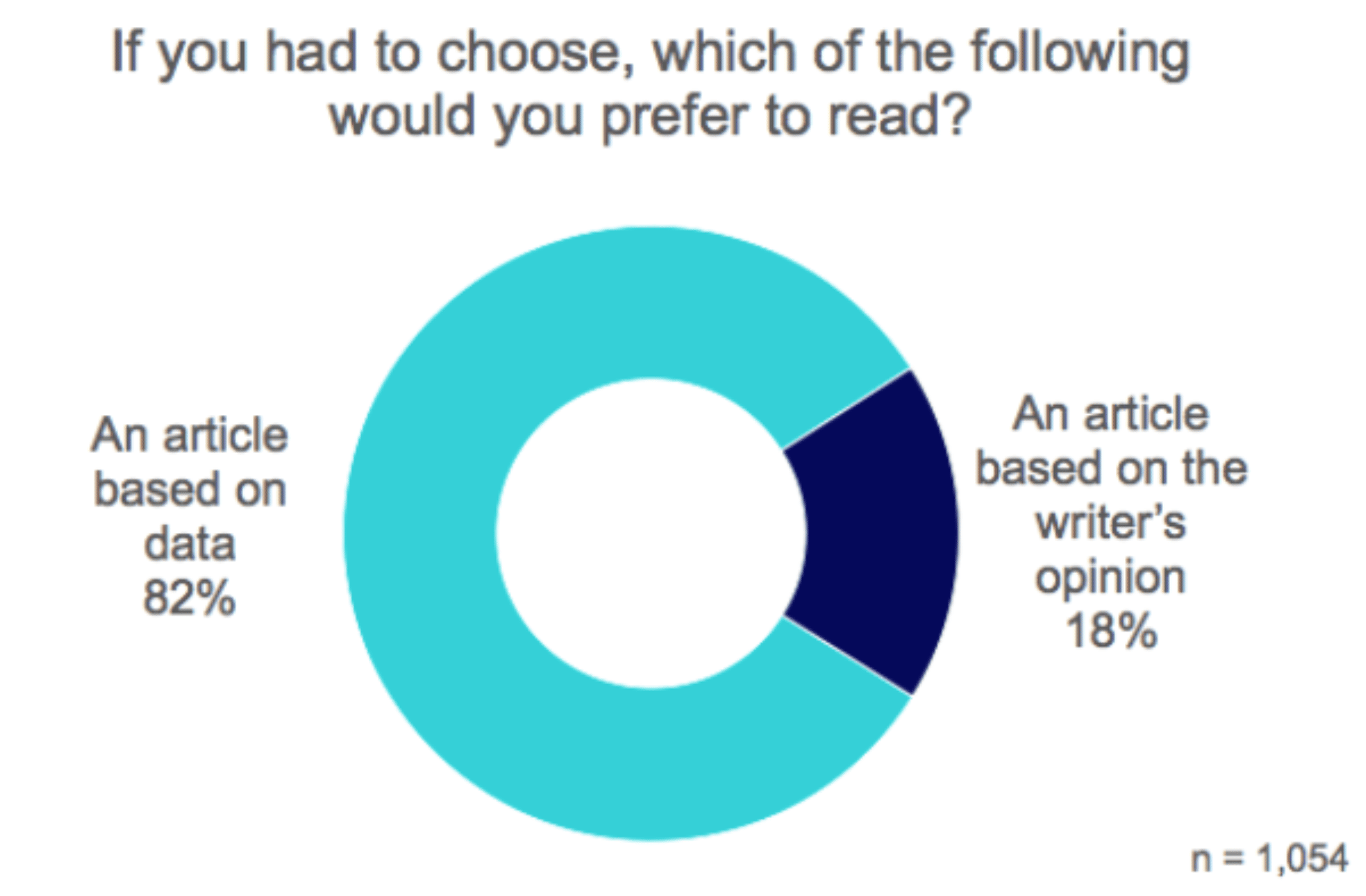

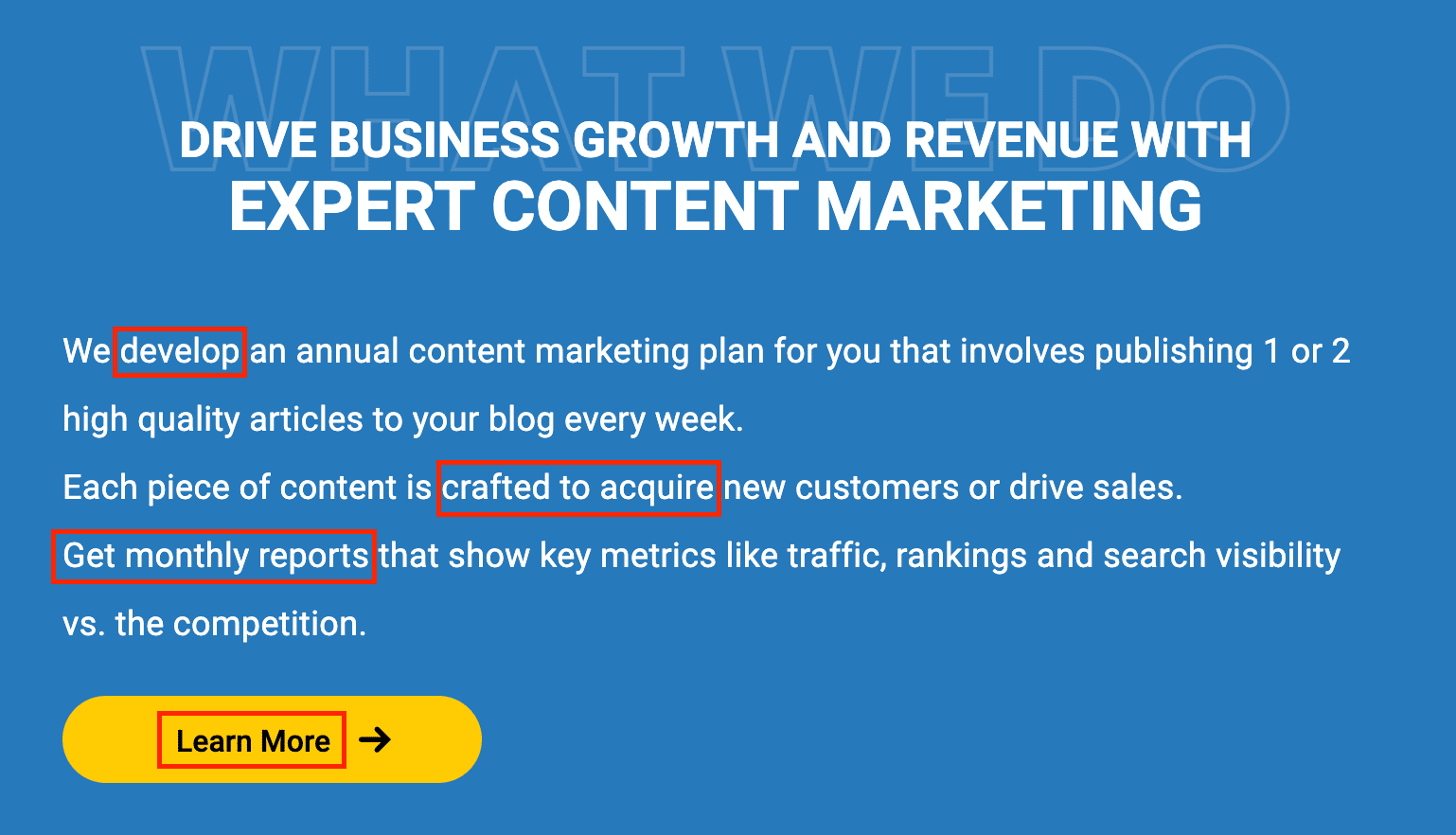
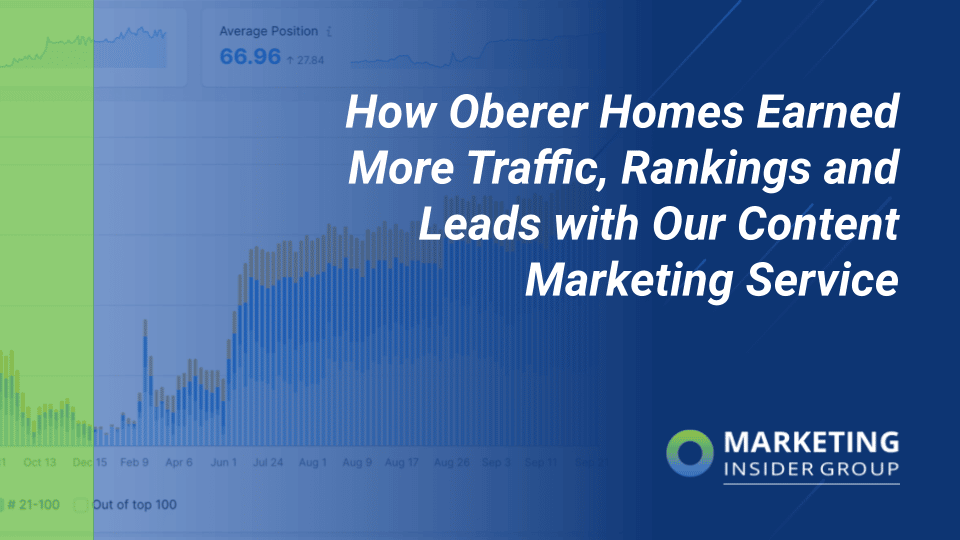
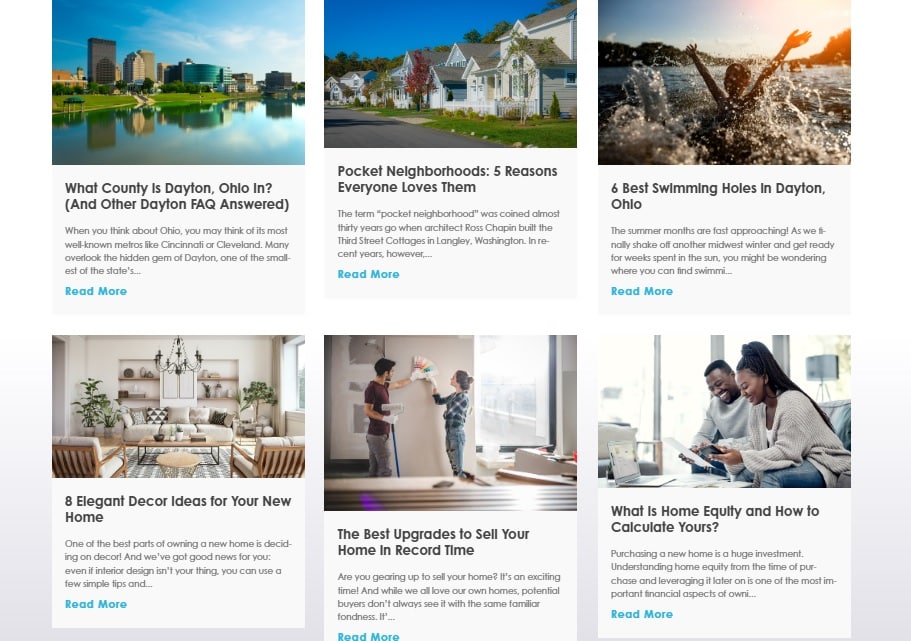
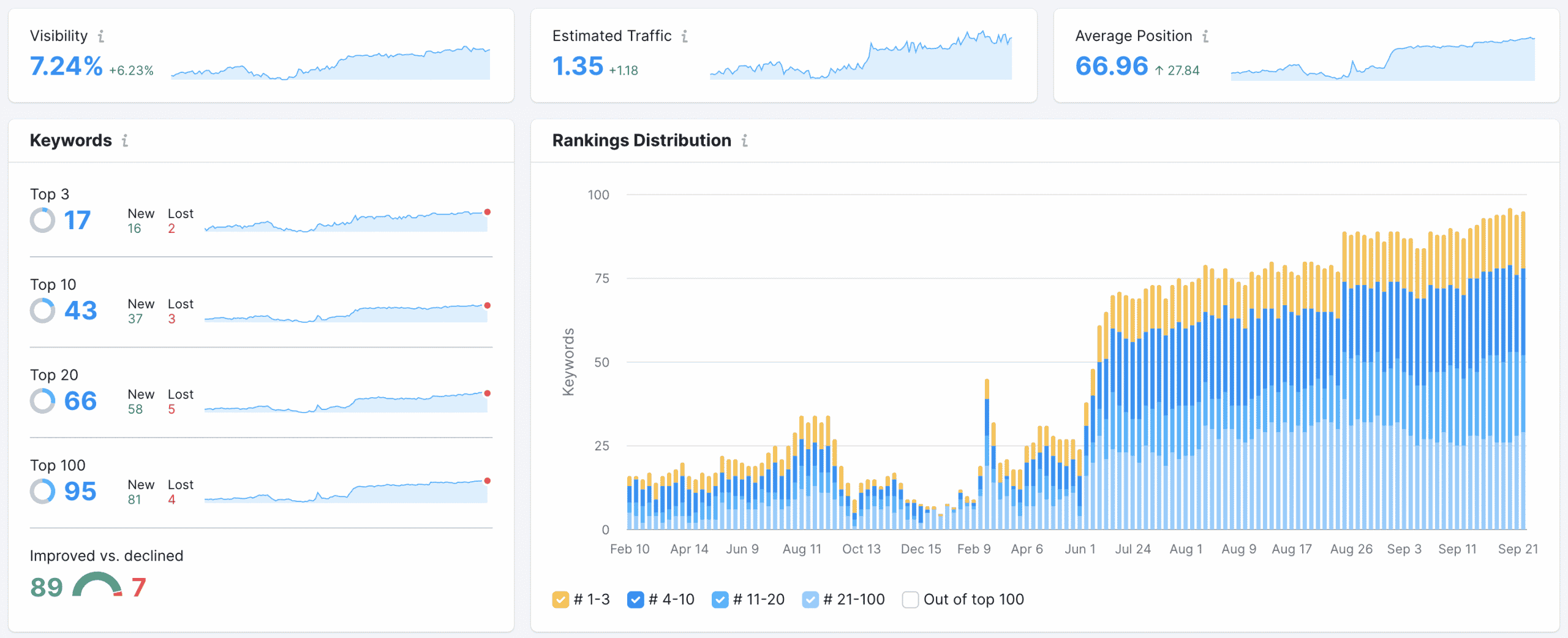
 In this episode of the Duct Tape Marketing Podcast, I interview Joe Polish.
In this episode of the Duct Tape Marketing Podcast, I interview Joe Polish. 